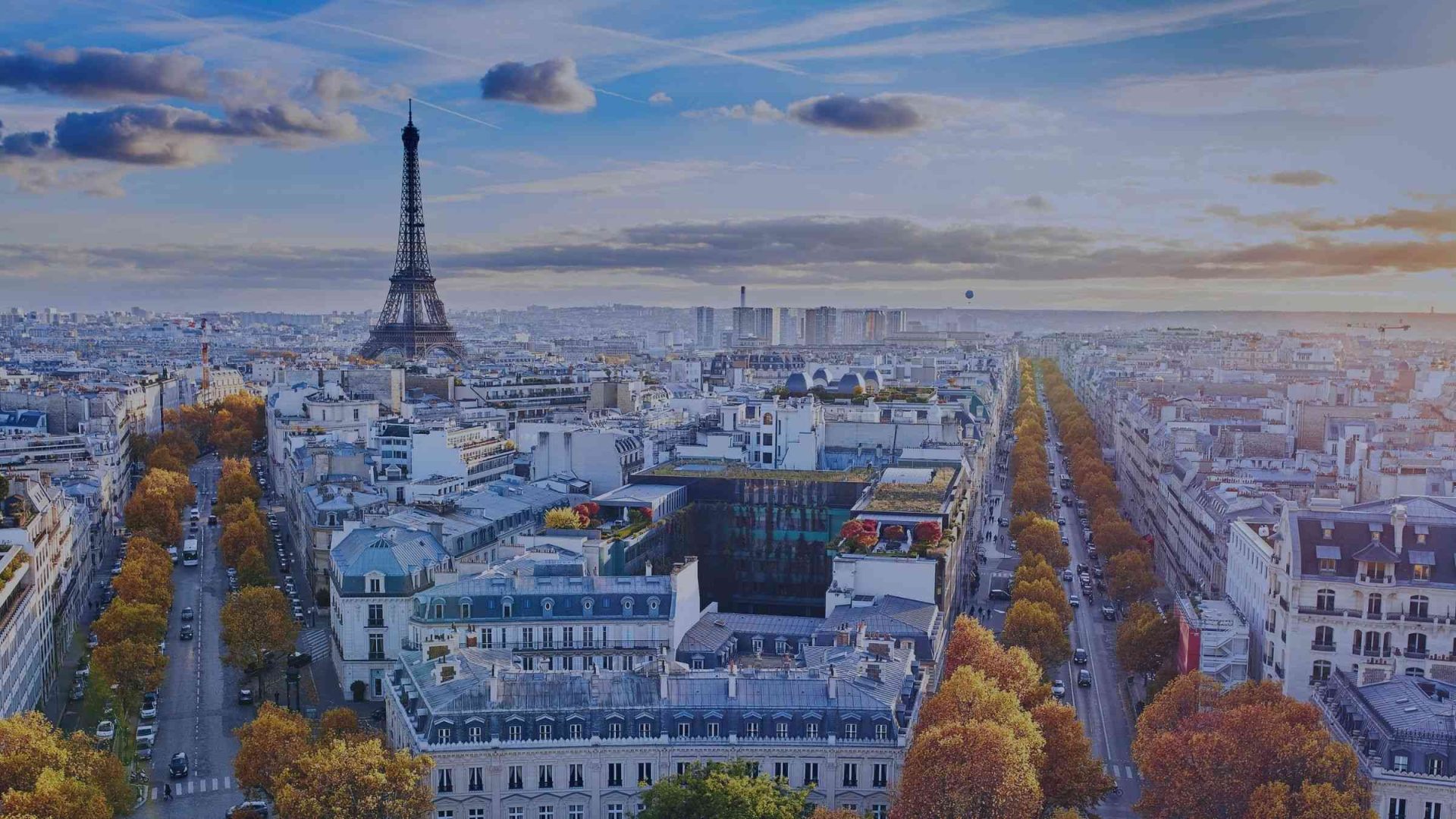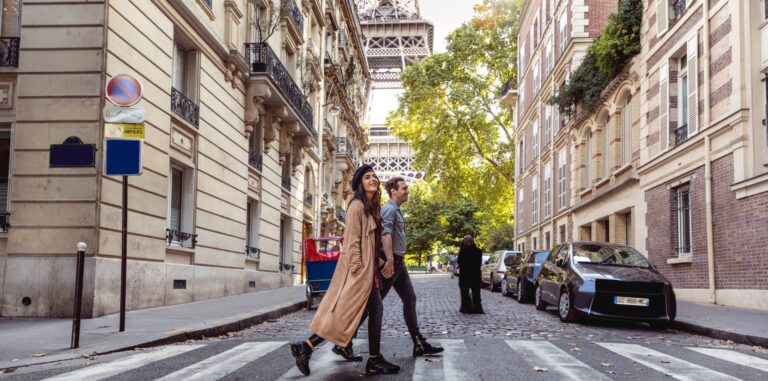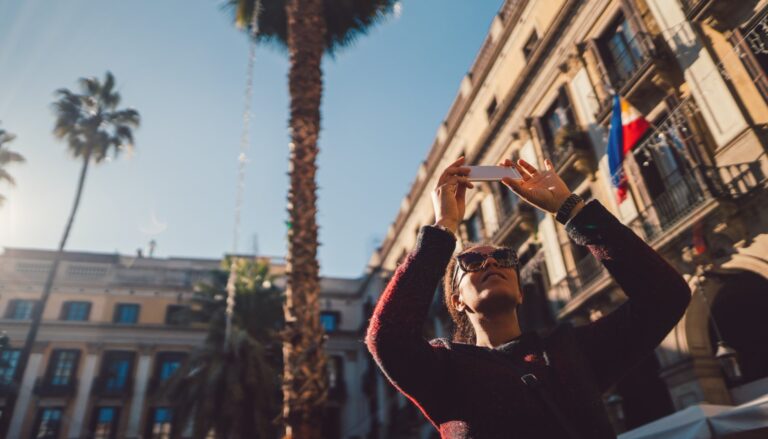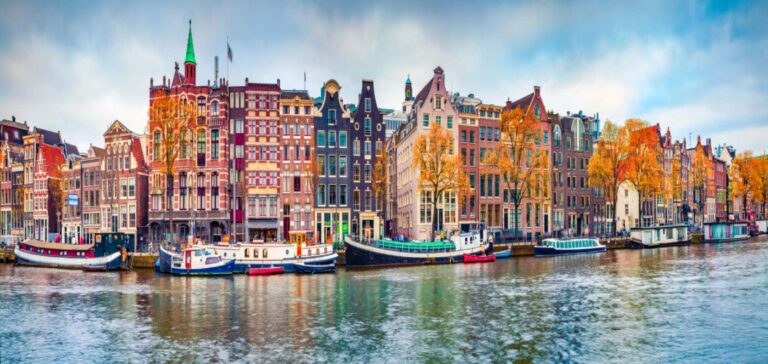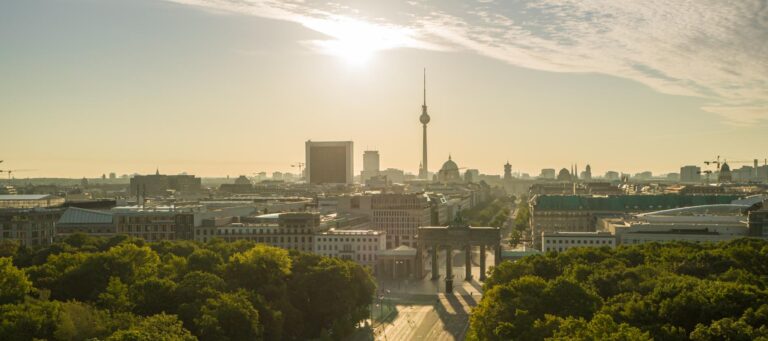City break – what does it mean?
City breaks are short and sweet visits that are a great way to enjoy a taste of a new country and culture. Offering the opportunity for an attraction-packed few days away, weekends and public holidays are ideal times to squeeze in a city break, without needing to commit to a long holiday.
Rediscover the secret, surprising and secluded sides of Paris, Barcelona, Rome, Amsterdam and Berlin — it’s time to see these European city break destinations in a whole new light!
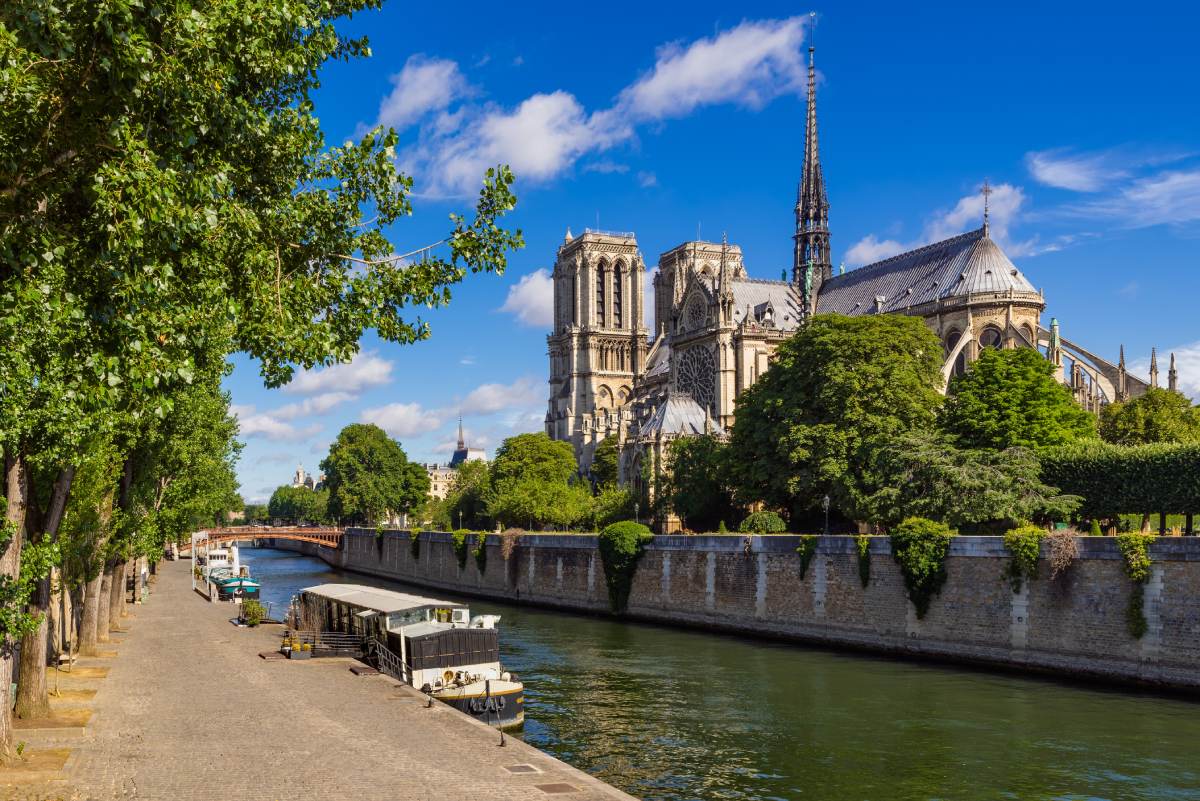
Experience Authentic Culture In Paris
Lose yourself in a good book at this unique icon of Parisian culture. Once known as Le Mistral, since 1963 the English-language bookstore Shakespeare and Company has attracted visitors from around the globe with its unique atmosphere and décor. Founded by George Whitman, the store has been a literary haven for leading lights of literature including Joyce, Hemingway and Fitzgerald as well as more contemporary names such as Ginsberg, Miller and Bradbury. You can find Shakespeare and Company near the Notre Dame Cathedral.
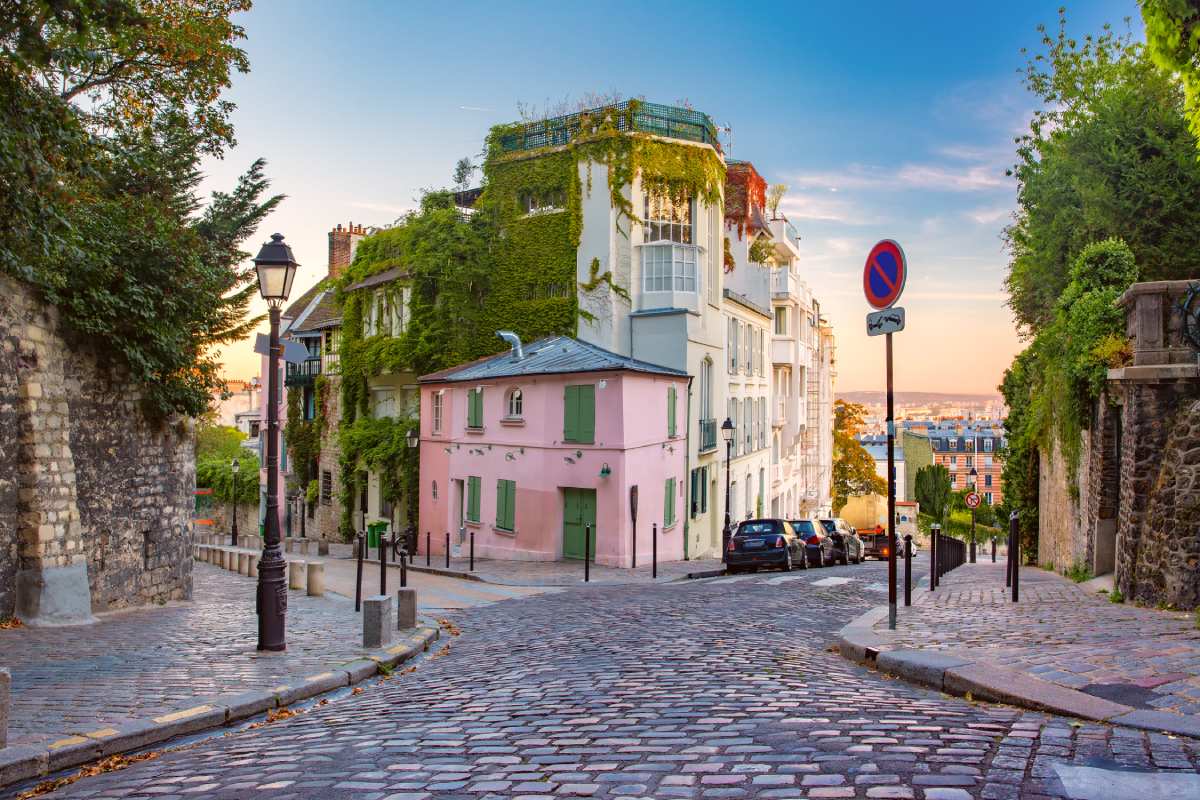
Immerse yourself in Paris’ historic Montmartre district and you’ll soon discover that there’s more to Parisian cabaret than the Moulin Rouge. With narrow streets dominated by tenement houses and stone stairways, Montmartre has long since been a favourite hangout of Paris’ artistic community. Ensure you leave time to visit the Lapin Agile cabaret — while less well-known than the Moulin Rouge, this inconspicuous house was once a meeting place for artists including Picasso, Apollinaire, Utrillo and Modigliani. The bohemian atmosphere remains to this day, making it the ideal location to sip a glass of wine while enjoying the evening’s performance.
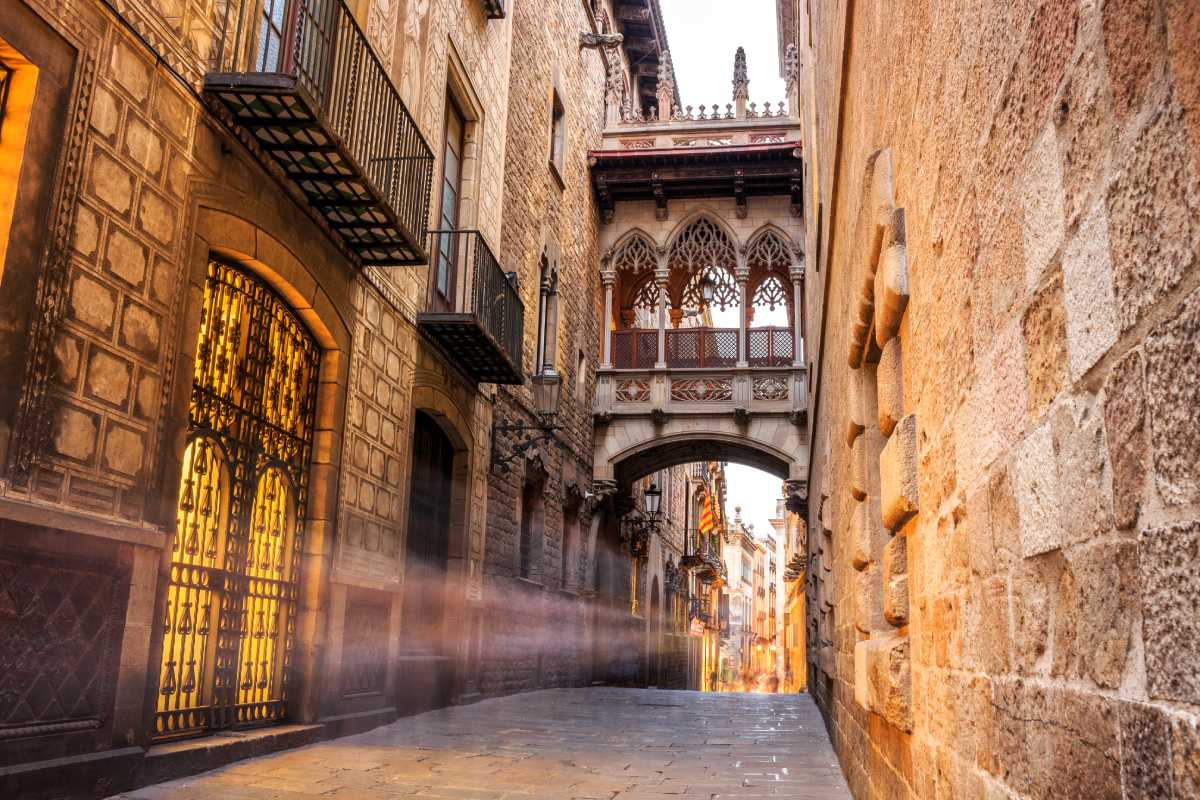
Change your perspective in Barcelona
Immerse yourself in Barcelona’s lively and creative atmosphere with a visit to the iconic Els Quatre Gats café, located in the city’s Gothic quarter. “Four Cats” has always been a place for discussion, literary meetings, exhibitions and concerts and was a frequent haunt of, among others, Antoni Gaudi, Pablo Picasso, and Julio González. Els Quatre Gats closed in 1907, only to reappear over half a century later; fortunately, the café’s new owners preserved its original interior, meaning that visitors today can enjoy the same atmosphere as Gaudi and Picasso once did.
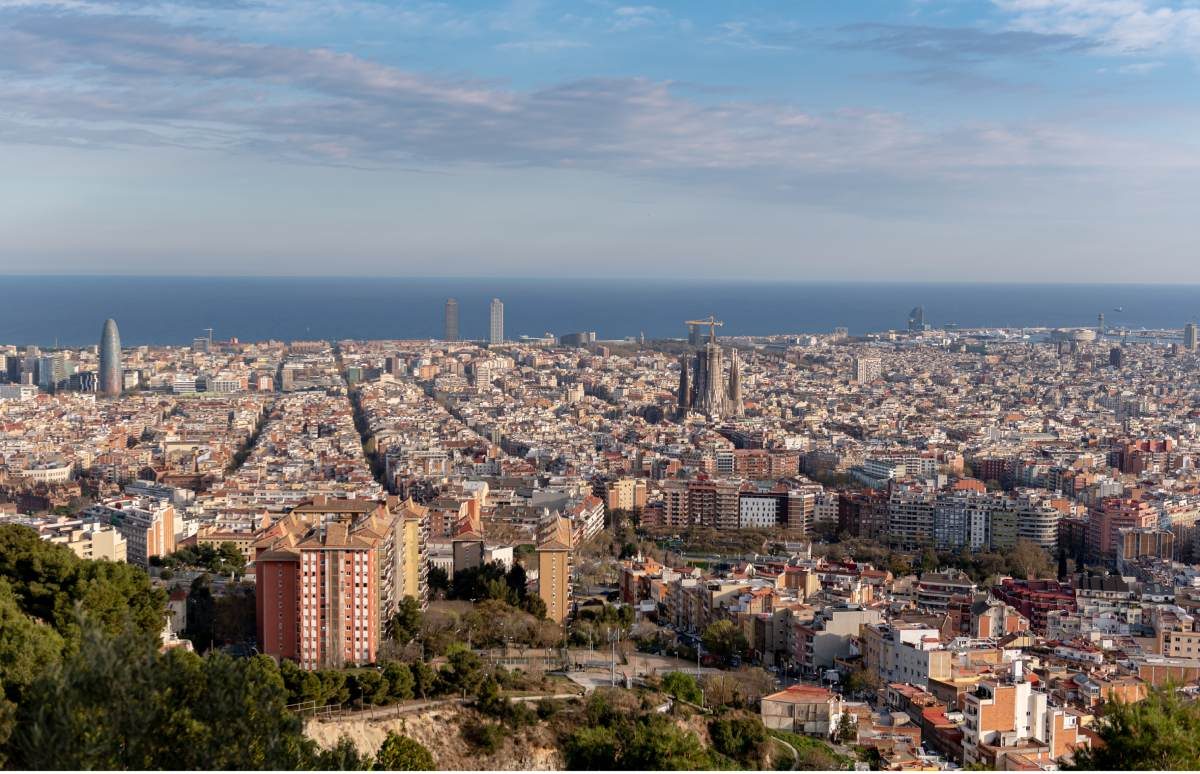
For a different perspective on Barcelona, head to the Bunkers del Carmel viewpoint on Turó de la Rovira. Bunkers and anti-aircraft guns were built during the Spanish Civil War to protect heavily-bombed Barcelona; the remaining examples, which are now maintained by the Barcelona History Museum, have been adapted to visitors and maintain their raw character. Aside from the fascinating history, you can also enjoy beautiful panoramic views across the entirety of Barcelona, with a particular vantage over Port Olimpic, Montjuic, and the Sagrada Familia.
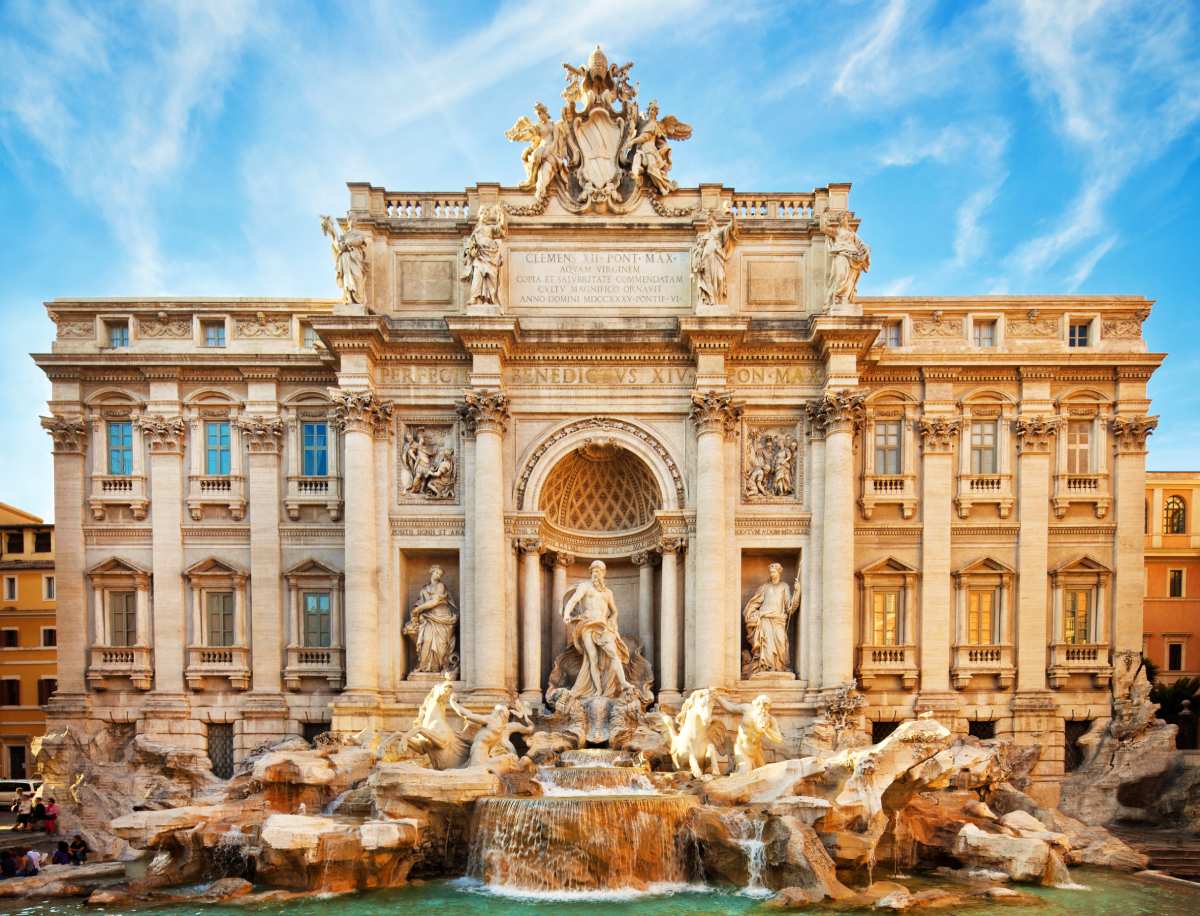
Go Underground In Rome
Few people know that one of Rome’s most fascinating attractions lies directly beneath the feet of the millions of tourists that visit the Trevi Fountain each year. Vicus Caprarius, also known as the City of Water, is an archaeological site that consists of an ancient house and aqueduct ruins. Here, you’ll find intricate mosaics, ancient ceramics and beautiful sculptures, along with the complex system that supplies water to the Trevi Fountain to this day. For a truly fresh take on Rome’s well-trodden tourist trail, you really can’t beat Vicus Caprarius.
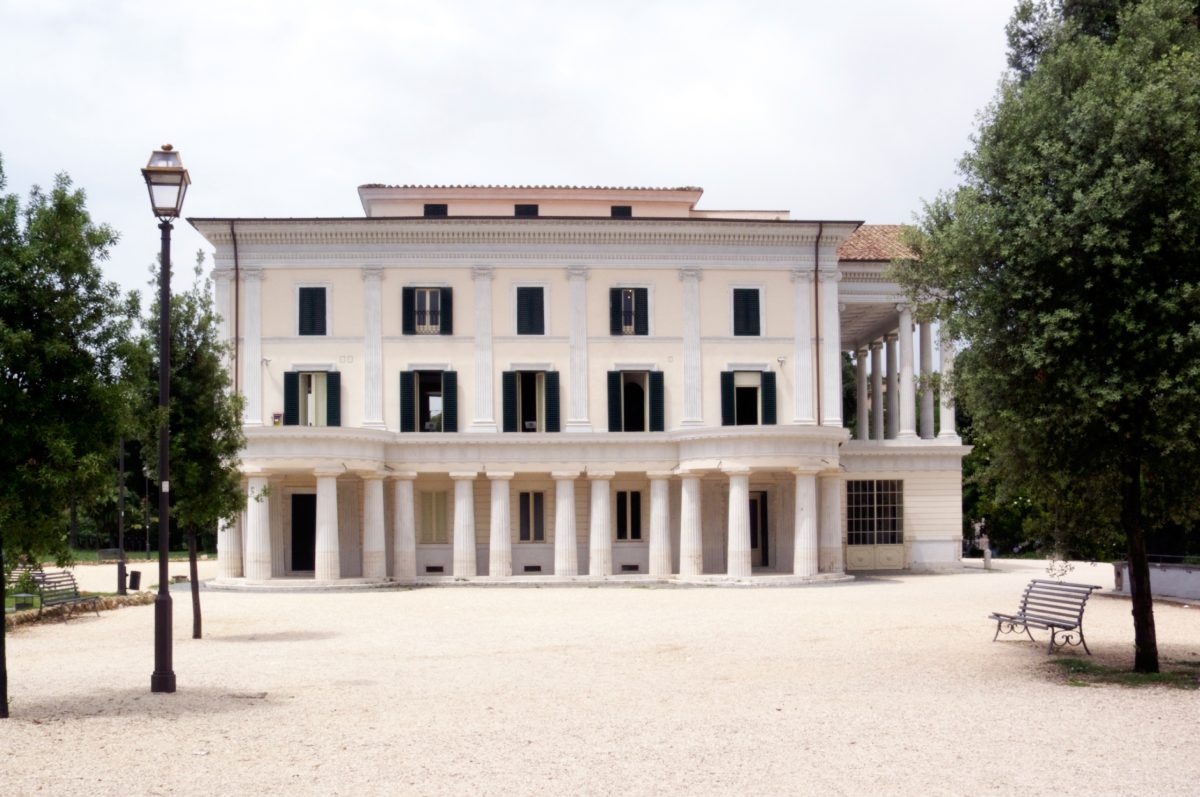
Another spot that steers well clear of the Roman Holiday clichés is Villa Torlonia — a popular spot amongst local residents. Thankfully as yet undiscovered by mass tourism, this museum houses the Torlonia family’s collection… as well as the surprising addition of Mussolini’s secret bunker! The infamous dictator was a former tenant of the palatial property, residing there with his family for over 18 years. During this time, he constructed an underground shelter in which to hide with his family from allied forces. This intriguing slice of modern history has been open to visitors since 2014 and is certainly worth a visit.
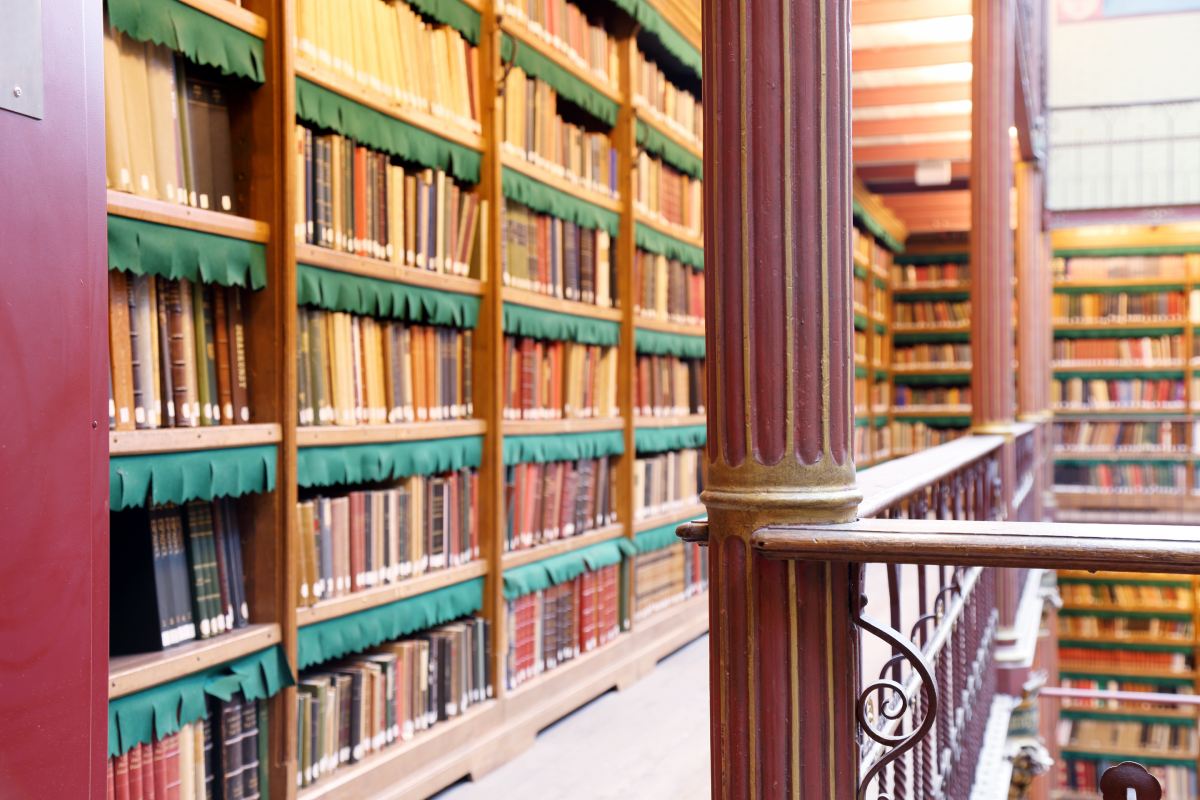
Find Your Zen In Amsterdam
Amsterdam is home to the Passage Oudemanhuispoort — the grounds of which Vincent Van Gogh himself once walked for inspiration. Originally a section of The Netherlands’ first retirement home, it now forms part of the University of Amsterdam and, since 1886, has held a daily second-hand book market. Not only are you likely to uncover some amazing reads, but you can also learn more about the market from its vendors, many of whom have held stalls for many years and who are always keen to share more about its history.
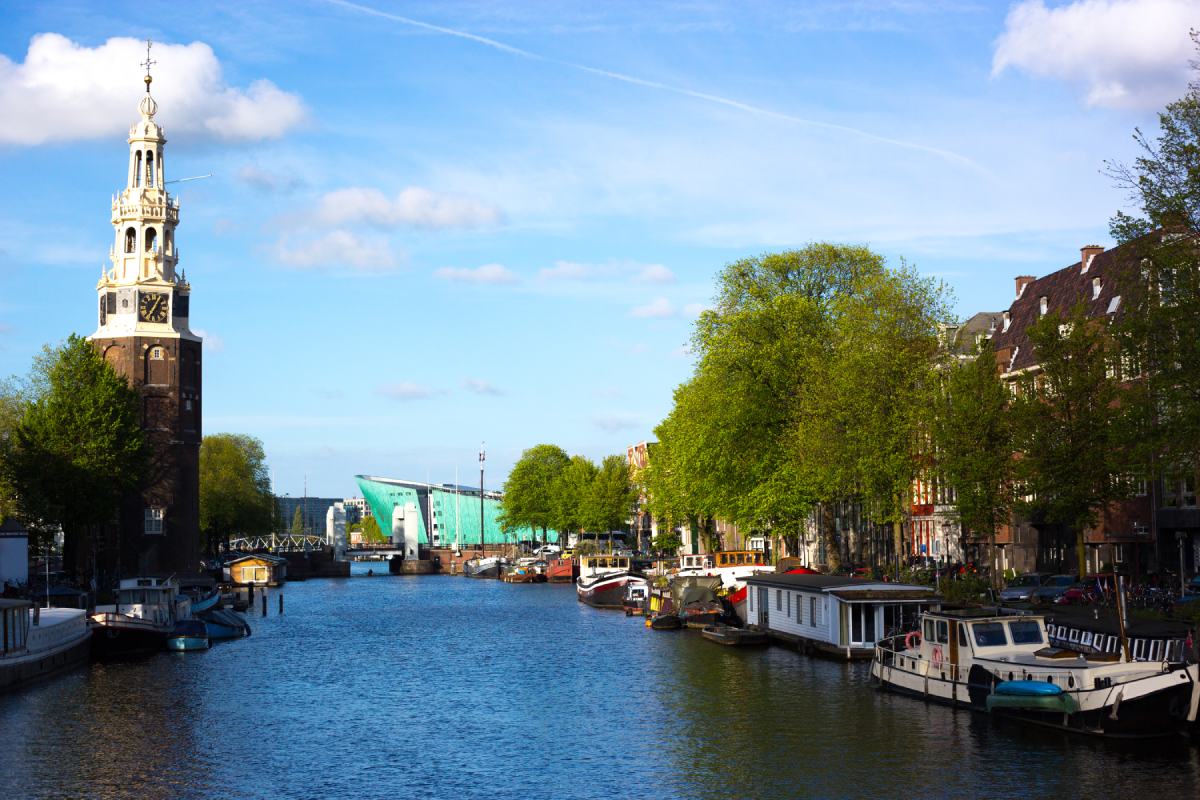
You can’t help but be charmed by Hannekes Boom, a hip, open-air pub just ten minutes’ walk from Amsterdam Central Station. Built from wood and decorated exclusively with second-hand materials, this café’s charm lies in its understated atmosphere and somewhat secluded harbour basin location. Here you can take in an unconventional view across Amsterdam’s centre, take part in daily handicrafts or yoga classes, or simply relax in a hammock, or a fireside armchair.
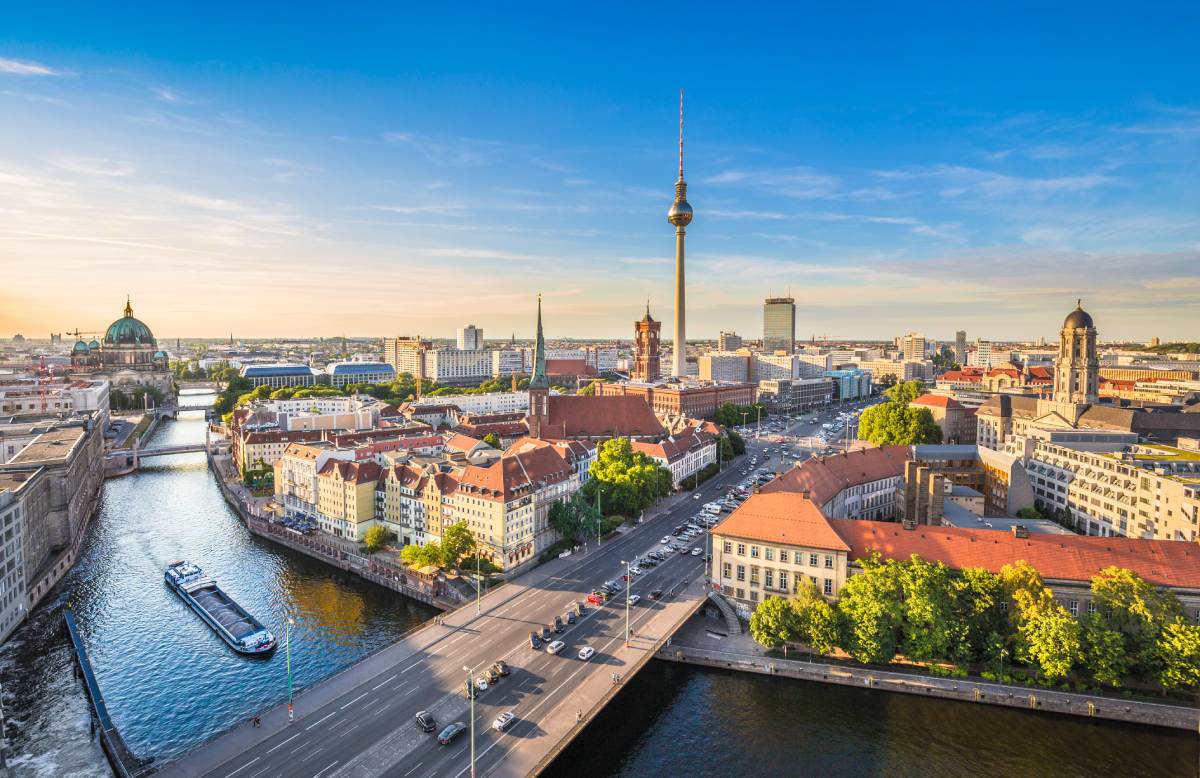
Explore The Alternative In Berlin
The Berlin TV Tower is not only one of the city’s most prominent landmarks, but also an attraction in itself. Built in the 1960s during the GDR period, the almost 370-metre-high tower boasts an observation deck with spectacular views across the German capital. However, you may not know that the tower is also home to the Sphere revolving restaurant, which gently rotates at an altitude of 200 metres above the city’s teeming streets below. Book a table by the window to enjoy delicious cuisine as Berlin’s changing panorama drifts by.
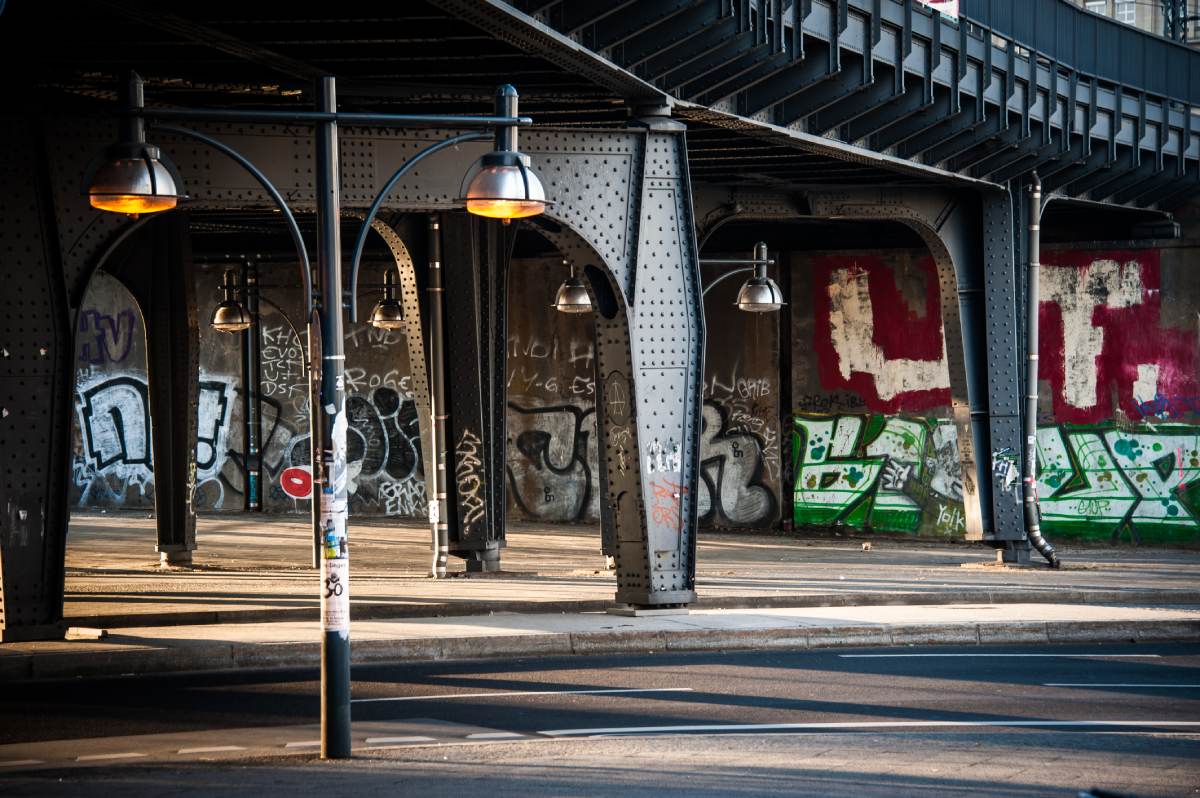
Mitte is the beating heart of Berlin’s counterculture movement. Haus Schwarzenberg and its courtyard, known as Dead Chicken Alley, is an open-air street art gallery hidden among modern buildings in the centre of the district. Admire a vivid riot of colours as hundreds of pop culture murals, stickers, posters, and graffiti merge, adorned with garlands, lights, and ivy-covered walls. The living representation of Berlin’s renowned free art scene, you can visit galleries, browse bookstores and enjoy a meal at the on-site restaurant while gaining a better understanding of Belin’s art scene.
